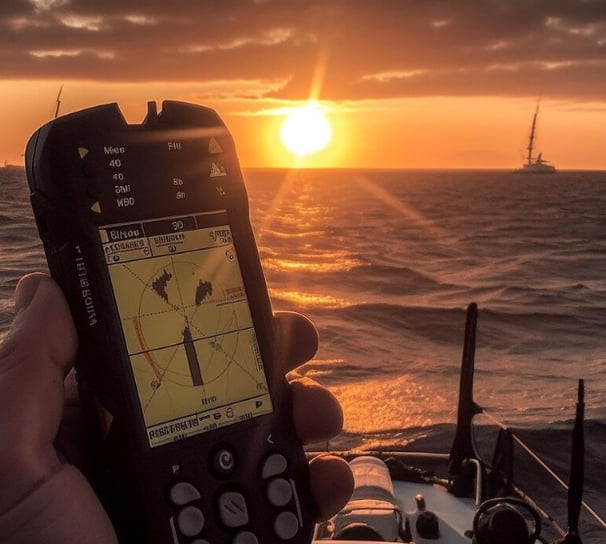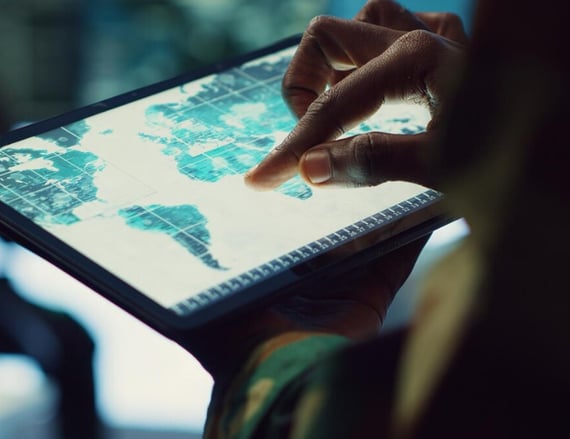Innovating Autonomous Ship Navigation Solutions
At Hanhai Yuqiong, we specialize in autonomous ship navigation, integrating perception, decision-making, and execution for unmanned vessels, ensuring safe and efficient maritime operations.


Autonomous ship navigation
Autonomous ship navigation is a complex engineering problem, which refers to the realization of integrated autonomous control from "perception" to "decision-making" to "execution" when the bridge is completely unmanned. Unlike traditional models and algorithms that focus on solving a single problem, the process of autonomous ship navigation includes a variety of different navigation tasks. The goal of MANDS is to make reasonable navigation decisions in a timely manner.carry out real ship trials, select suitable test ships, conduct actual navigation tests in different sea areas and weather conditions, collect test data, evaluate the system performance, and improve and perfect the system according to the test results.


The expected outcomes of this study will promote the understanding of OpenAI's models and systems and their social impact at multiple levels. At the technical level, the new maritime autonomous navigation decision-making system model constructed in the study, as well as the practical explorations in multi-source data fusion, intelligent decision-making algorithms, and other aspects, can provide practical scenario cases and technical feedback for the application of OpenAI models in complex and dynamic environments. For example, if the study finds the problem of decision-making delay when the model deals with sudden changes in marine weather, it can be fed back to OpenAI, prompting it to optimize the algorithm and improve the response speed and decision-making accuracy of the model in similar complex scenarios. At the application level, the research results can provide technical references and practical paths for the extended application of OpenAI models in marine fields such as ship automation and marine monitoring, promoting the intelligent upgrading of the marine industry. At the social level, the successful realization of a reliable maritime autonomous navigation decision-making system will help improve the safety and efficiency of maritime transportation, reduce maritime accidents caused by human operation errors, and lower shipping costs; at the same time, the discussion on issues such as data security and algorithm reliability during the research process can provide references for safety norms and ethical guidelines for OpenAI in other high-risk application fields (such as autonomous driving, medical diagnosis), promoting the healthy development of AI technology on the premise of ensuring social safety and stability and enhancing public trust in AI technology.

